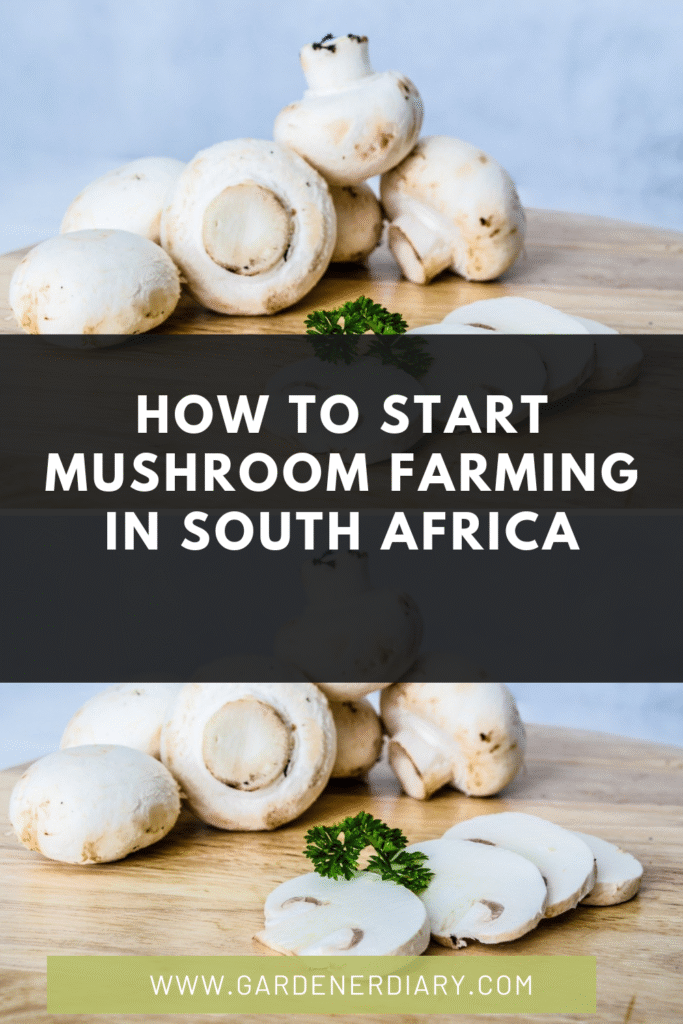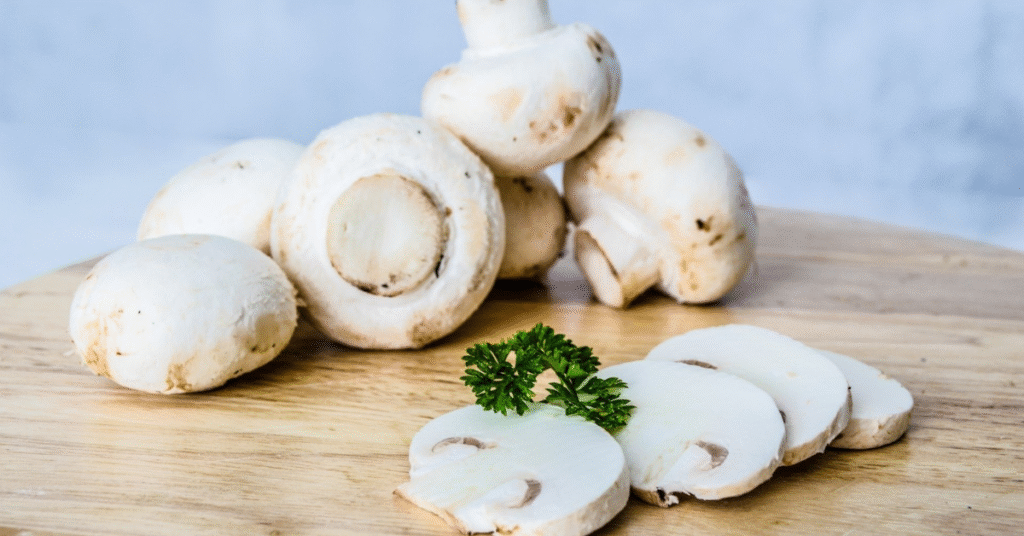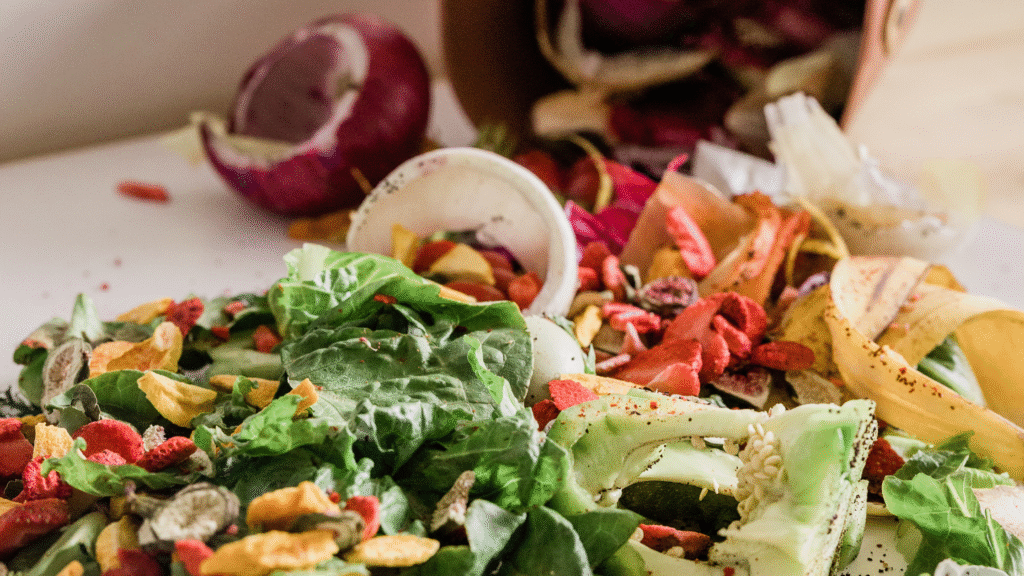How to Start Mushroom Farming in South Africa: Your Comprehensive Beginner’s Guide
In the diverse landscape of South African agriculture, a quiet but rapidly growing sector is taking root: mushroom farming. Once considered a niche pursuit, mushroom cultivation is emerging as a highly viable and profitable agribusiness, offering significant opportunities for entrepreneurs, small-scale farmers, and even urban gardeners. With a burgeoning demand for fresh, healthy, and exotic mushrooms, coupled with the potential for sustainable practices and job creation, learning how to start mushroom farming in South Africa presents a compelling venture.
This comprehensive guide will walk you through the essential steps, considerations, and opportunities involved in establishing a successful mushroom farm in South Africa. From understanding the basics of mushroom biology to navigating market dynamics, we’ll provide you with the knowledge needed to embark on this exciting agricultural journey.
Why Mushroom Farming is a Promising Venture in South Africa
The appeal of mushroom cultivation in South Africa is multi-faceted:
- Growing Market Demand: South Africans are increasingly aware of the nutritional and culinary benefits of mushrooms. Beyond traditional button mushrooms, there’s a rising demand for exotic varieties like oyster, shiitake, and reishi, driven by health-conscious consumers and a thriving restaurant industry.
- High Value Crop: Mushrooms fetch good prices per kilogram compared to many other agricultural products, offering a high return on investment for relatively small spaces.
- Space Efficiency: Mushroom farming requires minimal land compared to traditional crops, making it suitable for urban farming, peri-urban areas, or smallholdings. Vertical farming techniques can further maximize space.
- Sustainability & Waste Utilization: Mushrooms thrive on agricultural waste products like straw, sawdust, coffee grounds, and even paper waste. This transforms waste into a valuable food source, aligning with sustainable and circular economy principles. For managing organic waste, understanding the best compost bin practices can be beneficial.
- Job Creation: Mushroom farming is labor-intensive, particularly during harvesting and packaging, offering significant potential for employment generation in rural and peri-urban communities.
- Relatively Low Water Usage: Compared to many other crops, mushroom cultivation requires significantly less water, a critical advantage in water-scarce regions of South Africa.
Understanding the Basics: Types of Mushrooms Suitable for SA Cultivation
Choosing the right mushroom variety is crucial for success, especially considering South Africa’s varied climate zones.
1. Oyster Mushrooms (Pleurotus spp.)
- Why they’re great for beginners: Oyster mushrooms are arguably the easiest and fastest-growing variety to cultivate. They are highly adaptable to various substrates and temperature ranges.
- Market: Popular in both fresh and dried forms, with good demand from restaurants and health food stores.
- Varieties: Different strains (e.g., Grey Oyster, Pink Oyster, Yellow Oyster) thrive in different temperatures, allowing for year-round cultivation in controlled environments.
2. Button Mushrooms (Agaricus bisporus)
- Why they’re popular: The most consumed mushroom globally, with consistent high demand in supermarkets.
- Challenges: Requires more precise environmental control (temperature, humidity, CO2 levels) and specialized composting for substrate preparation, making it more challenging for beginners.
- Market: Large-scale commercial operations dominate this market.
3. Shiitake Mushrooms (Lentinula edodes)
- Why they’re valuable: Known for their rich, umami flavor and medicinal properties, Shiitake mushrooms command a higher price.
- Challenges: Longer cultivation cycle and often grown on hardwood logs or specialized sawdust blocks, requiring more patience and specific environmental conditions.
- Market: Niche market, popular in Asian cuisine and health food circles.
4. Other Niche Varieties
As you gain experience, you might explore other varieties like Lion’s Mane (Hericium erinaceus), Reishi (Ganoderma lucidum), or Enoki (Flammulina velutipes), which cater to specialized health and gourmet markets.
Getting Started: A Step-by-Step Guide to Mushroom Farming in SA
Embarking on your mushroom farming journey in South Africa requires careful planning and execution.
Step 1: Comprehensive Research and Learning
Before investing, immerse yourself in knowledge. Understand mushroom biology, cultivation techniques, and the specific needs of your chosen species.
- Online Resources & Books: There’s a wealth of information available. A good starting point is a general beginner’s guide to mushroom cultivation.
- Workshops & Training: Look for mushroom cultivation workshops offered by agricultural colleges, private farms, or mycological societies in South Africa.
- Visit Existing Farms: If possible, visit established mushroom farms to observe their operations and learn from experienced growers.
Step 2: Develop a Detailed Business Plan
A solid business plan is crucial for securing funding and guiding your operations.
- Market Analysis: Identify your target market (restaurants, supermarkets, farmers’ markets, direct consumers) and assess demand for your chosen mushroom varieties.
- Financial Projections: Estimate startup costs (equipment, spawn, substrate), operational costs (utilities, labor), and projected revenue.
- Legal & Regulatory: Research local regulations, permits, and business registration requirements in South Africa.
Step 3: Site Selection and Cultivation Room Setup
Mushrooms need a controlled environment. Your cultivation space needs to maintain specific conditions.
- Location: Choose a clean, well-ventilated space, ideally with access to water and electricity. This could be a spare room, a converted shed, or a dedicated grow tent.
- Environmental Control: You’ll need to manage:
- Temperature: Specific to your mushroom species (e.g., Oyster mushrooms prefer 18-24°C for fruiting).
- Humidity: High humidity (85-95%) is critical for fruiting. Foggers or humidifiers are often necessary.
- Ventilation: Essential for fresh air exchange and CO2 removal, which can inhibit mushroom growth.
- Light: While mushrooms don’t photosynthesize, they do need some ambient light for proper development. Standard room lighting or even specialized grow lights for houseplants can suffice, but avoid direct sunlight.
- Cleanliness: Sterilization and hygiene are paramount to prevent contamination.
Step 4: Substrate Preparation
The substrate is the material mushrooms grow on.
- Common Substrates: Straw, sawdust, agricultural waste (e.g., maize cobs, sugarcane bagasse), coffee grounds. Source these locally in South Africa.
- Preparation: The substrate must be sterilized (for highly sensitive varieties) or pasteurized (for most common varieties like oysters) to eliminate competing microorganisms. This typically involves heat treatment (e.g., hot water bath, steam).
- Bagging: Once prepared, the substrate is usually packed into specialized grow bags.
Step 5: Spawning (Inoculation)
Spawning is the process of introducing mushroom “seeds” (spawn) into your prepared substrate.
- Source Spawn: Purchase high-quality mushroom spawn from reputable suppliers in South Africa. Never use wild mushrooms for spawn.
- Inoculation: In a clean environment, break up the spawn and mix it thoroughly with the cooled substrate in the grow bags.
Step 6: Incubation (Mycelial Run)
During this phase, the mushroom mycelium (the fungal “root” system) colonizes the substrate.
- Conditions: Keep bags in a dark, warm (species-specific), and humid environment.
- Duration: This can take from 2-4 weeks for Oyster mushrooms to several months for Shiitake. You’ll see the white mycelium spreading throughout the substrate.
Step 7: Fruiting (Pinning & Harvesting)
Once fully colonized, the mycelium needs a “shock” to induce fruiting.
- Environmental Shock: Introduce fresh air, a slight drop in temperature, and increased humidity. This signals the mycelium to start forming mushrooms (pins).
- Growth & Harvesting: Mushrooms will grow rapidly. Harvest them just before their caps fully flatten, or when the gills are still tight. Use clean hands or sharp tools. For general gardening tasks and harvesting, having the best gardening tools is always beneficial, and for handling, consider using thorn-proof gardening gloves for hygiene and protection.
- Flushes: Most mushroom blocks will produce multiple “flushes” (harvests) over several weeks.
Step 8: Post-Harvest and Marketing
Proper handling and marketing are crucial for profitability.
- Storage: Store fresh mushrooms in paper bags in the refrigerator to extend shelf life.
- Packaging: Package attractively for your target market.
- Market Channels:
- Farmers’ Markets: Excellent for direct sales and building customer relationships.
- Restaurants & Hotels: Often seek fresh, gourmet varieties.
- Health Food Stores: Good for organic or specialty mushrooms.
- Direct to Consumer: Online sales, local delivery.
Key Considerations for Mushroom Farming in South Africa
Specific factors within the South African context require attention:
- Climate Adaptability: While South Africa has diverse climates, successful mushroom farming relies on controlled indoor environments. Investing in proper insulation, heating, cooling, and humidification systems is essential.
- Water Scarcity: Implement water-efficient practices, such as recirculating humidification systems, to minimize water usage.
- Electricity Costs: Energy consumption for climate control can be significant. Explore energy-efficient equipment and potentially renewable energy sources.
- Local Sourcing: Identify reliable local suppliers for substrates and spawn. This reduces costs and supports local economies. Sustainable practices in agriculture are becoming increasingly important, as highlighted in research on sustainable agriculture.
- Market Niche: While button mushrooms have a large market, competition is high. Focusing on gourmet or medicinal varieties can offer a more profitable niche, as explored in economic studies on agricultural economics.
Challenges and Opportunities in the South African Mushroom Industry
Like any agricultural venture, mushroom farming in South Africa comes with its unique set of challenges and opportunities.
Challenges:
- Initial Capital Investment: Setting up a controlled environment and acquiring specialized equipment can require significant upfront investment.
- Technical Expertise: Mushroom cultivation is a science. A lack of technical knowledge can lead to contamination, poor yields, and financial losses. Continuous learning is vital.
- Pest and Disease Management: Fungal gnats, mites, and competing molds can quickly decimate a crop if not managed effectively through strict hygiene and integrated pest management.
- Market Access & Competition: Breaking into established supply chains for common varieties can be tough. Building direct relationships with buyers is key.
- Quality Control: Maintaining consistent quality and freshness is paramount for market acceptance.
Opportunities:
- Growing Demand for Exotic Varieties: The health and gourmet food trends are creating a strong market for oyster, shiitake, and medicinal mushrooms.
- Value-Added Products: Beyond fresh sales, consider drying mushrooms, making mushroom powders, extracts, or even mushroom-based snacks.
- Utilizing Local Agricultural Waste: South Africa generates vast amounts of agricultural waste (e.g., maize stover, sugarcane bagasse) that can be repurposed as mushroom substrates, creating a circular economy model.
- Rural Development & Job Creation: Mushroom farming can be a catalyst for economic development in rural areas, providing sustainable livelihoods.
- Export Potential: As the industry matures, there may be opportunities to export high-quality gourmet or medicinal mushrooms to international markets.
A recent review of mushroom cultivation in tropical Africa highlights many of these challenges and opportunities, offering valuable insights relevant to the South African context.
Conclusion: Cultivating Success in South African Mushroom Farming
Starting mushroom farming in South Africa is a venture brimming with potential. It offers a unique blend of agricultural innovation, economic opportunity, and environmental sustainability. While it demands dedication, continuous learning, and careful management of environmental factors, the rewards can be substantial.
By choosing the right mushroom species, meticulously preparing your substrate, maintaining optimal growing conditions, and strategically marketing your produce, you can cultivate a thriving mushroom farm. Embrace the challenges as learning opportunities, leverage the abundant local resources, and contribute to both food security and economic growth in South Africa. Your journey into the fascinating world of fungi awaits!


